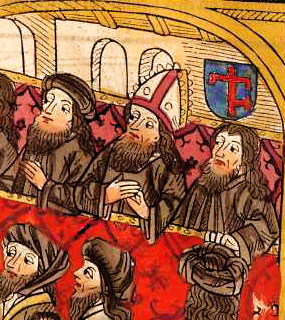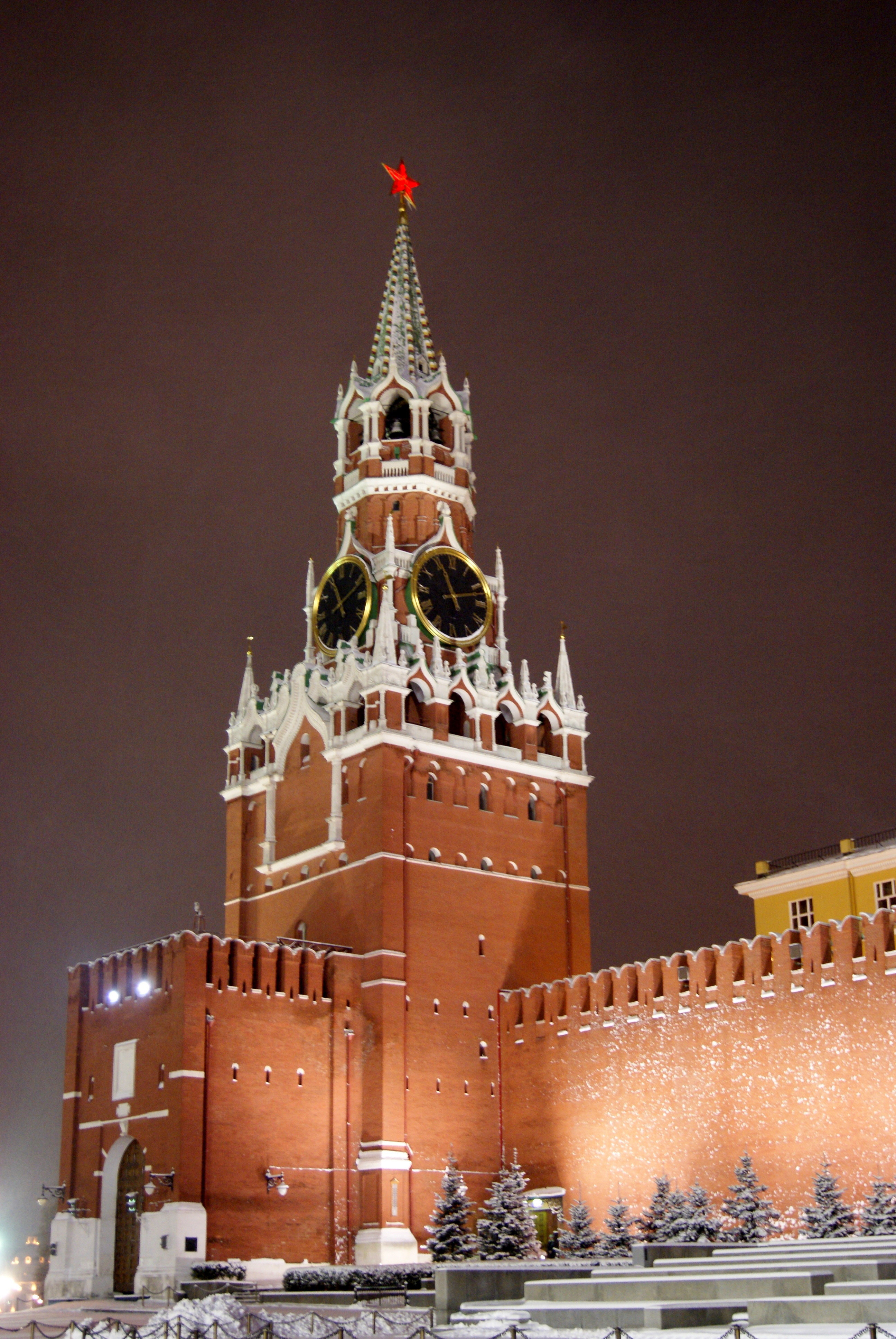|
Dorotej Of Hilandar
Dorotej or Dorotheus ( sr-cyr, Доротеј) was a Serbian Orthodox abbot of Hilandar and the ''protos'' of Mount Athos from 1356 until 1366. He is noted for writing a charter for the monastery of Drenča in 1382. Life Drenča The village of Drenča, 5 km north of town of Aleksandrovac, was home to the ruined church of ''Dušmanica'', as it is called by village's elders. The monk Dorotej, the third Prior of Hilandar Monastery with his son Danilo (who later became Patriarch Danilo III of the Serbian Patriarchate of Peć, from 1390 to 1397) built the monastery of Drenča in 1382 and dedicated it to the ''Presentation of the Holy Virgin''. The two founders gifted the shrine with numerous estates and established its economic status which was regularly supplied with continuous income. At the south-west angle of the Monastery Church naos the building founders's graves are covered with large stone blocks. With its decoration similar to the Veluće and Rudenica monasteries, t ... [...More Info...] [...Related Items...] OR: [Wikipedia] [Google] [Baidu] |
Serbian Orthodox
The Serbian Orthodox Church ( sr-Cyrl, Српска православна црква, Srpska pravoslavna crkva) is one of the autocephalous (ecclesiastically independent) Eastern Orthodox Christian churches. The majority of the population in Serbia, Montenegro and the Republika Srpska entity of Bosnia and Herzegovina are members of the Serbian Orthodox Church. It is organized into metropolitanates and eparchies, located primarily in Serbia, Bosnia and Herzegovina, Montenegro, and Croatia. Other congregations are located in the Serb diaspora. The Serbian Patriarch serves as first among equals in his church. The current patriarch is Porfirije, enthroned on 19 February 2021. The Church achieved autocephalous status in 1219, under the leadership of Saint Sava, becoming the independent Archbishopric of Žiča. Its status was elevated to that of a patriarchate in 1346, and was known afterwards as the Serbian Patriarchate of Peć. This patriarchate was abolished by the Ottoman Em ... [...More Info...] [...Related Items...] OR: [Wikipedia] [Google] [Baidu] |
Vestry
A vestry was a committee for the local secular and ecclesiastical government for a parish in England, Wales and some English colonies which originally met in the vestry or sacristy of the parish church, and consequently became known colloquially as the "vestry". Overview For many centuries, in the absence of any other authority (which there would be in an incorporated city or town), the vestries were the sole ''de facto'' local government in most of the country, and presided over local, communal fundraising and expenditure until the mid or late 19th century using local established Church chairmanship. They were concerned for the spiritual but also the temporal as well as physical welfare of parishioners and its parish amenities, collecting local rates or taxes and taking responsibility for numerous functions such as the care of the poor, the maintaining of roads, and law enforcement, etc. More punitive matters were dealt with by the manorial court and hundred court, and latter ... [...More Info...] [...Related Items...] OR: [Wikipedia] [Google] [Baidu] |
Gregory Tsamblak
Gregory Tsamblak or Grigorij Camblak ( bg, Григорий Цамблак, sr-Cyr, Григорије Цамблак; c. 1365–1420) was a Bulgarian writer and cleric. He was the pretended Metropolitan of Lithuania between 1413 and 1420. A Bulgarian noble, Tsamblak lived and worked in Bulgaria, but also in Medieval Serbia and Kievan Rus'. His literary works represent a heritage of the national literature of Serbia, particularly the style of Old Serbian ''Vita'' made popular in the monasteries of the 12th century. Life He was born in Tarnovo, the capital of the Second Bulgarian Empire, the son of a rich family. His cousin was Cyprian, Metropolitan of Kiev. Tsamblak was a disciple of the prominent Bulgarian hesychast writer Patriarch Evtimiy of Bulgaria. Bulgaria fell under Ottoman domination following the Bulgarian-Ottoman Wars. Following this, he emigrated first to Constantinople, then became presbyter of the Church of Wallachia and Moldavia. He then went to Serbia where he wa ... [...More Info...] [...Related Items...] OR: [Wikipedia] [Google] [Baidu] |
Cyprian, Metropolitan Of Kiev
Cyprian ( bg, Киприан, russian: Киприан, be, Кіпрыян, uk, Кипріан) (c. 1336 – 16 September 1406) was the Metropolitan of Kiev, Russia and Lithuania (2 December 1375–12 February 1376) and the Metropolitan of Kyiv and All Rus' (12 February 1376–16 September 1406) in the Ecumenical Patriarchate of Constantinople. During both periods, he was opposed by rival hierarchs and by the Grand Prince of Moscow. He was known as a bright opinion writer, editor, translator, and book copyist.Shabuldo, F. Cyprian (КИПРІЯН)'. Encyclopedia of History of Ukraine. 2007 He is commemorated by the Russian Orthodox Church on May 27 and September 16 (by the Old style). Early life Cyprian was a clergyman of Bulgarian origin. He is supposed to have been born in aristocratic family of Tsamblak from the capital Tarnovo. After his upbringing, education, and worldview, he was a hesychast. As a young man Cyprian studied at Kilifarevo, just south of Tarnovo, where ... [...More Info...] [...Related Items...] OR: [Wikipedia] [Google] [Baidu] |
Constantine Of Kostenets
Constantine of Kostenets ( bg, Константин Костенечки, Konstantin Kostenechki; born ca. 1380, died after 1431), also known as Constantine the Philosopher ( sr, Константин Филозоф), was a medieval Bulgarian scholar, writer and chronicler, who spent most of his life in the Serbian Despotate. He is best known for his biography of Serbian despot Stefan Lazarević, which George Ostrogorsky described as "the most important historical work of old Serbian literature",Ostrogorsky, ''History of the Byzantine State'', translated by Joan Hussey, revised edition, (New Brunswick: Rutgers University Press, 1969), p. 471 and for writing the first Serbian philological study, ''Skazanije o pismenah'' (A History on the Letters). He followed the writing style of the Old Serbian ''vita'', first made popular in the Serbian scriptoria of the 12th century. Biography Constantine was born in Bulgaria, probably in Kostenets. In his youth, he attended school in the capital ... [...More Info...] [...Related Items...] OR: [Wikipedia] [Google] [Baidu] |
Gabriel The Hilandarian
Gabriel the Hilandarian ( 1359–d. after 1412) was a Serbian monk- scribe. There is very little information available about Gabriel the Hilandarian, like most modest monks who lived in the 14th and early 15th century. It is known that he translated Olympiodorus the Younger's commentary on the Book of Job from Greek in 1411–12. The manuscript is now held at the State Historical Museum in Moscow. In his younger days, Gabriel resided and worked at the Resava (Manasija) Monastery, built between 1407 and 1418 by Despot Stefan Lazarević. According to Constantine of Kostenets, Resava was built specifically as a centre for the followers of the Hesychasm movement, showing that Stefan held them in great esteem. Stefan endowed Resava generously with icons and books, and established a scriptorium and a translation school within the monastery. Old texts were corrected and copied and many were translated from Hebrew, Greek, Old Armenian, Old Georgian, Coptic, Syriac, and Old Latin. Among ... [...More Info...] [...Related Items...] OR: [Wikipedia] [Google] [Baidu] |
Miroslav Gospel
Miroslav Gospel ( sr, Мирослављево jеванђеље / Miroslavljevo jevanđelje, ) is a 362-page Serbian illuminated manuscript Gospel Book on parchment with very rich decorations. It is one of the oldest surviving documents written in the Serbian recension of Church Slavonic. The gospel is considered a masterpiece of illustration and calligraphy. During Saint Sava's time, a Serbian ''Prophliestologion'' (Cod. 313), a Novgorod Sticherarion (Cod. 301), and Kiev Irmologion (Cod. 308 with Old Church Slavonic musical neumatic notation were also found in the same place as Hilandar Fragments from the 10th and early 11th century (now in Odessa). It is presumed that both Miroslav Gospel and Vukan's Gospel reached Hilandar at the same. Origin and discovery Miroslav's Gospel was commissioned in the 12th century (in the year 1180) by Miroslav, the ruler (''knez'') of Hum and the brother of Stefan Nemanja, the Grand Prince of Serbia. The first to discover and study the manu ... [...More Info...] [...Related Items...] OR: [Wikipedia] [Google] [Baidu] |
Pachomius The Serb
Pachomius the Serb (russian: Пахомий Серб, sr, Пахомије Србин), also known as Pachomius Logothetes, russian: Пахомий Логофет, el, Παχώμιος Λογοθέτης) was a 15th-century Serbian hagiographer who, after taking monastic vows, was schooled on Mount Athos and mastered the ornate style of medieval Serbian literature.G. M. Prokhorov, “Pakhomii Serb,” in D. S. Likhachev, ''Slovar’ knizhnikov i knizhnosti Drevnei Rusi'', vol. 2, Pervaia polovina XIV-XVI v., pt. 2. He is credited by the Russian Early Texts Society for the Serbian version of Barlaam and Josaphat from Old Greek. In the 1450s and 1460s he resided at the Trinity Monastery of St. Sergius north of Moscow. One of his major undertakings was a Russian translation of the New Testament. In about 1470 Archbishop Jonas (Iona) asked him to settle in Novgorod where he prepared a set of the lives of local saints. It has been suggested that ''The Tale of the Princes of Vladimir ... [...More Info...] [...Related Items...] OR: [Wikipedia] [Google] [Baidu] |
Lazar The Hilandarian
Lazar ( sr, Лазар, russian: Лазарь), also known as Lazar the Serb or Lazar the Hilandarian ( fl. 1404), was a Serbian Orthodox monk-scribe and horologist who invented and built the first known mechanical public clock in Russia in 1404. The clock, which also struck the hours, was built at the request of Grand Prince Vasily I of Moscow (r. 1389–1425). Prior to his arrival in Moscow, Lazar had served as a monk in the Serbian Hilandar monastery at Mount Athos. The clock tower was located in the palace behind the Cathedral of the Annunciation. However, the clock and the church in which it was located have not survived. Life A Serb, Lazar was born in the town of Prizren, in the Serbian Empire. He was a monk with the rank of ''crnorizac'' ( sr, црноризац, russian: чернец, ''černec'') serving at the Serbian Orthodox Hilandar monastery, a centre of Serbian religious and secular culture and "the first Serbian university", located on Mount Athos. Lazar likely l ... [...More Info...] [...Related Items...] OR: [Wikipedia] [Google] [Baidu] |
Antonije Bagaš
Anthony Bagaš also known as Arsenije Bagaš ( sr, Антоније Багаш; fl. 1366 – 1385) was a Serbian nobleman from Kastoria who retreated to Mount Athos in between 1356 and 1366, where he later bought and restored the ruined Athonite monastery of Saint Paul (Agiou Pavlou) with the help of Nikola-Gerasim Radonja (the son of ''sebastokrator'' Branko Mladenović) in the 1380s, becoming its abbott - taking the monastic name Arsenios (Arsenije).Rosenqvist, p. 63 The two were successful in receiving donations from both the Byzantines and Serbs, and refurbishing the monastery with revenue from Serbian silver and gold mines, making it one of the major Serbian monasteries. He translated hagiographical works into Serbian. He had a brother, Nikola, who in 1385 donated the monastery of Mesonesiotissa near Edessa, together with villages, churches and other property to the Saint Paul monastery of Arsenije. Some scholars believe that the Bagaš family was originally from Vr ... [...More Info...] [...Related Items...] OR: [Wikipedia] [Google] [Baidu] |
Saint Archangels Monastery
The Monastery of the Holy Archangels ( sr, Манастир Светих Архангела, Manastir Svetih Arhangela; al, Manastiri i Arkangjelit të Shenjtë) is a Serbian Orthodox monastery located in Prizren, Kosovo. The monastery was founded by the Serbian Emperor Stefan Dušan (reigned 1331–1355) between 1343 and 1352 on the site of an earlier church, part of the Višegrad fortress complex. It was the burial church for Emperor Dušan, and represented the culmination of the Serbian ecclesiastical architectural style, that led to the birth of the Morava school style. The complex, which ranges over 6,500 m², includes two churches, the main one is dedicated to the Holy Archangels (where Dušan's tomb lied), and the second one is dedicated to St. Nicholas, both built in the Rascian architectural style. The monastery was looted and destroyed after the Ottomans arrived in 1455, and in 1615 it was razed to the ground and its material was used for the construction of the ... [...More Info...] [...Related Items...] OR: [Wikipedia] [Google] [Baidu] |





